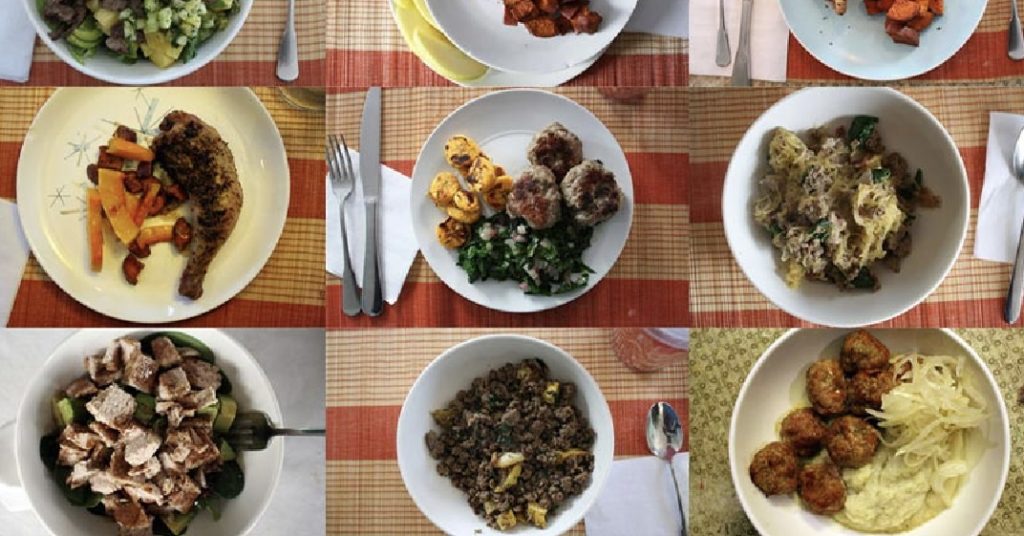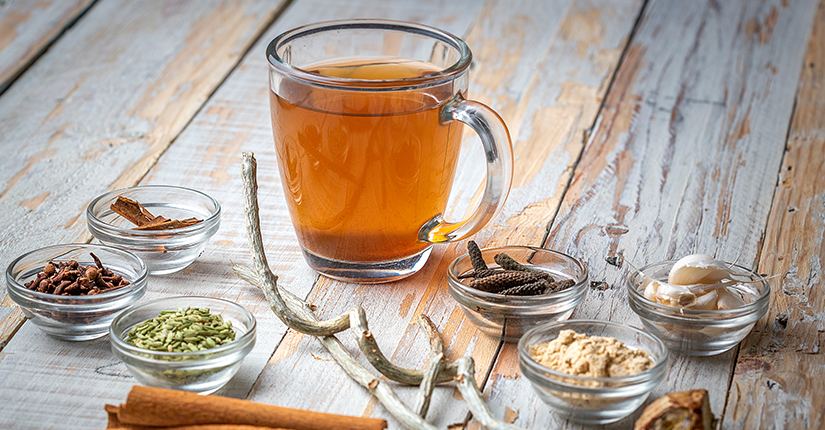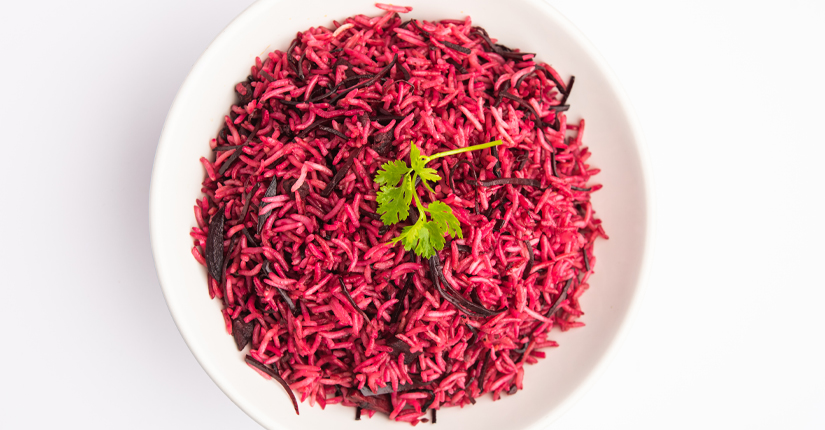How to Create an Autoimmune-Friendly Meal Plan: Tips and Ideas
By Nmami Agarwal 08-Apr 2023 Reading Time: 5 Mins

There are around 100 autoimmune diseases (ADs) that are the result of the body’s immune system attacking its own tissues. The exact cause for this is unknown, however it is believed that lifestyle, diet, environment and genetic factors play a role in autoimmune disorders.
Autoimmune diseases such as multiple sclerosis (MS), rheumatoid arthritis (RA), inflammatory bowel disease (IBD), type 1 diabetes (T1D), and psoriasis (Ps), Lupus are some of the common autoimmune diseases across the globe.
The Autoimmune Protocol (AIP) diet is purported to reduce inflammation, pain, and other symptoms experienced by people with autoimmune disorders by healing their leaky gut and removing potentially problematic ingredients from their diet.
Nutritional interventions have the potential to prevent and/or support the treatment of ADs.
If you have the genetic susceptibility towards ADs, then the following tips and ideas can help to prevent its occurrence or manage an already existing condition.
Rainbow meals
More colors on the plate means more nutrition. More nutrition in terms of antioxidants which are antiinflammatory in nature and helps to prevent different diseases. Rainbow diets are also rich in phytonutrients beneficial for health.
The fiber provided by different fruits and vegetables included in the rainbow diet help to keep our gut healthy. Leaky gut has been known to be a trigger for autoimmune diseases and hence keeping our gut in good shape is one of the main priority for preventing ADs.
Going gluten free
According to research, dairy and gluten can cause inflammation in the body to susceptible people. Some studies suggest there’s a connection between celiac disease and autoimmune thyroid disease, as well as between non celiac wheat sensitivity.
Below are some of the examples of healthy gluten free diet –
- Whole grains can include gluten-free oats, brown rice, corn, millet, quinoa, and amaranth for dietary fiber.
- Low-FODMAP fruits and vegetables include citrus fruits, berries, cantaloupe, green beans, carrots, a variety of gourds, and sweet potatoes.
- Low-fat or fat-free dairy products are important sources of calcium, vitamin D, B vitamins, and protein. Low-fat yogurt, skimmed milk, nonfat or low-fat cottage cheese, and other low-fat cheeses.
- Legumes provide necessary fiber and protein without gluten. Lentils and dried and canned beans such as black, navy, pinto, and kidney beans are good choices.
- Lean meat, eggs contain iron, zinc, and protein. Lean choices include skinless poultry
Omega 3 fats
- Fish and seafood provide protein, B vitamins, and omega-3 fatty acids. Good sources include salmon, tuna, mackerel, shrimp, crab, and scallops.
- Fruits like Avocado are loaded with good fats and fiber.
- Nuts and seeds provide heart-healthy fats, protein, vitamin E, zinc, and other nutrients. Walnuts, almonds, pistachios, pecans, and peanuts are good choices.
There is no one diet that fits all. Each person has a different tolerance to foods. Some people can tolerate dairy while some can’t. Eliminating certain foods from the diet can help to decide what works and what does not for a person.
Find the current balance by consulting a qualified dietitian or a health professional who can help to prevent/manage ADs.





















